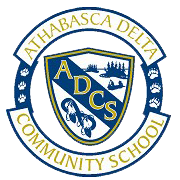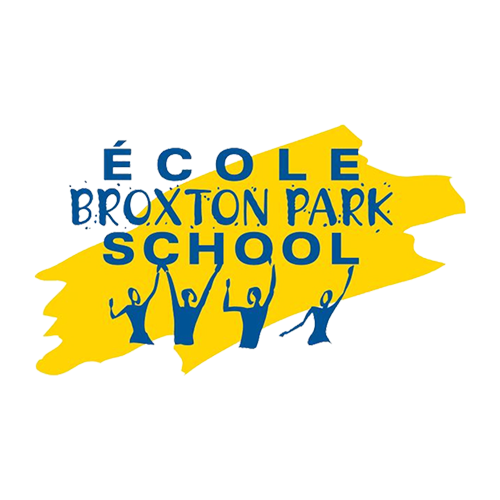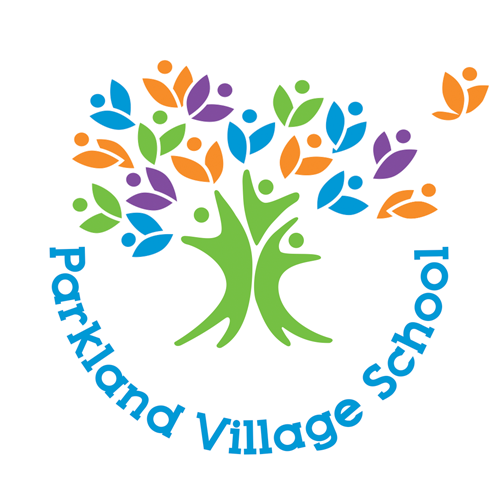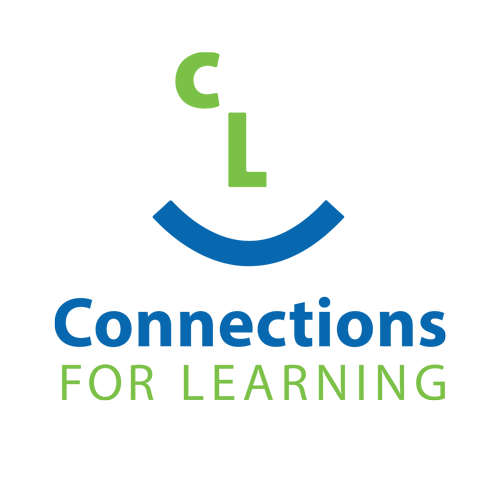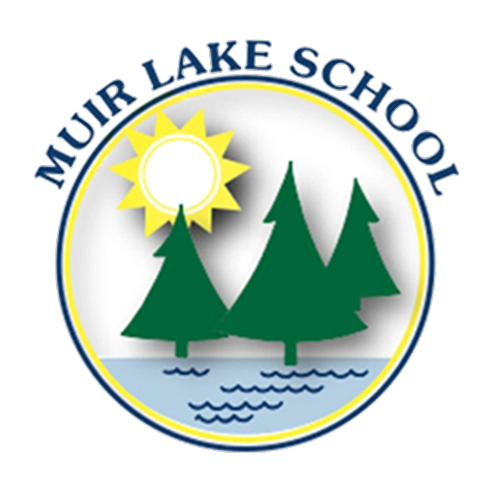AP 128: Culture of Wellness
Administration of Policy and Legislation
Background
This document defines the procedures necessary to inform practice of Parkland School Division’s Board Policy 1 – Division Foundational Statements and Board Policy 18 – Role of the Student.
Definitions
A. Achievement: involves a process of fulfilling one’s academic potential and realizing that learning occurs through both success and failure.
B. Bullying: includes repeated and hostile or demeaning behavior by an individual in the school community where the behavior is intended to cause harm, fear or distress to one or more other individuals in the school community, including psychological harm or harm to an individual’s reputation. Bullying includes any electronic communication through the use of technology including, without limiting the generality of the foregoing, computers, other electronic devices, social networks, text messaging, instant messaging, websites and electronic mail, typically repeated or with continuing effect, that is intended or ought reasonably be expected to cause bullying, fear, intimidation, humiliation, distress or other damage or harm to another person's health, emotional well-being, self-esteem or reputation, and includes assisting or encouraging such communication in any way.
C. Electronic: includes created, recorded, transmitted or stored in digital form or in other intangible form by electronic, magnetic or optical means or by any other means that has capabilities for creation, recording, transmission or storage similar to those means.
D. Gender identity: means being male, female or transgender and is linked to a person's sense of self, and particularly the sense of being male or female. A person's gender identity is different from their sexual orientation, which is also protected grounds of discrimination. People's gender identity may be different from their birth-assigned sex.
E. Transgender: People whose life experience includes existing in more than one gender. This may include people who identify as transsexual, and people who describe themselves as being on a gender spectrum or as living outside the gender categories of 'man' or 'woman'.
F. Transsexual: People who were identified at birth as one sex, but who identify themselves differently. They may seek or undergo one or more medical treatments to align their bodies with their internally felt identity, such as hormone therapy, sex-reassignment surgery or other procedures.
G. Gender expression: refers to the varied ways in which a person expresses their gender, which can include a combination of dress, grooming, demeanour, social behavior and other factors;
H. Inclusion: is a practice in which all individuals have equal value regardless of individual needs;
Procedures
With respect to individual needs and belonging:
1. School environments shall be welcoming, caring and respectful, and shall foster a sense of belonging and encourage positive relationships:
1.1. The principal shall work with school staff to establish strategies to establish a welcoming, caring and respectful school environment; and
1.2. The Principal shall support students who wish to create a voluntary school student organization, or to lead an activity intended to promote a welcoming, caring, respectful and safe learning environment that respects diversity and fosters a sense of belonging (i.e., Gay-Straight Alliance (GSA) Peer Support Network, Friendship Groups).
2. The principal or designate shall ensure a process is in place to monitor student attendance on an ongoing basis with the development of a plan of action for any student whose attendance is challenged to the point of impacting learning.
3. Notwithstanding any unique circumstances in a child’s life, a principal may determine that a child’s cumulative absence from school requires the involvement of the Division’s Student Attendance Officer.
4. A notification system shall be in place to ensure that parents are notified as soon as a student’s absence is noticed to be unexcused.
5. The principal provides leadership to support peer support networks, including school based groups that promote welcoming, caring, respectful and safe learning environments for all students.
6. The Division shall make available, as reasonably necessary within the context of the school budgets, professional learning opportunities related to increasing staff competencies in accommodating diversity.
With respect to self-identification:
7. The Alberta Human Rights Act recognizes, as a fundamental principal and as a matter of public policy, that all persons are equal in: dignity, rights and responsibilities without regard to race, religious beliefs, colour, gender identity, gender expression, physical disability, mental disability, age, ancestry, place of origin, marital status, source of income, family status or sexual orientation.
8. For the purpose of accommodating the diverse needs of students and staff in a school, students and staff who require accommodations shall advise the school as to their sexual orientation, gender identity or gender expression.
9. Parents and independent students shall be informed of limitations regarding chosen names or gender identity in relation to official school records that require the legal name designation.
With respect to appreciation for culture and diversity:
10. Every student presents at school with her or his unique cultural background, talents and skills as well as challenges. The Division recognizes that a culture of inclusion and wellness is one that embraces a variety of learning experiences and reasonable learning supports for each student.
11. Dress codes shall be respectful and inclusive of:
11.1. Religious beliefs; articles of faith
11.2. Gender identities and/or gender expression.
With respect to individual behaviour:
12. A culture that promotes inclusion and wellness is intended to ensure that every individual behaves in a manner that promotes dignity, respect, fairness and safety.
13. Bullying shall not be tolerated at school.
14. Students shall comply with the school’s Student Code of Conduct as defined in Administrative Procedure 360 – Student Discipline;
15. In situations where students are visiting other schools, the students shall adhere to that school’s Code of Conduct.
16. Behaviours that may result in disciplinary/corrective action are those captured in Administrative Procedure 360 – Student Discipline.
17. Notwithstanding the Education Act and PSD Administrative Procedure 360 – Student Discipline, disciplinary/corrective actions related to unacceptable behaviours shall take account of the student’s age, maturity and individual circumstances, and are intended to ensure that reasonable support is provided for the students who are impacted by inappropriate behaviour, as well as for students who engage in inappropriate behaviour.
With respect to citizenship and social responsibility:
18. The development of citizenship and social responsibility contribute to wellness and these components of wellness are integral to the delivery of a broad and comprehensive program of studies. To this end, teachers, parents and students are expected to model the characteristics of active citizenship.
19. The Division shall, on an ongoing basis, endeavor to establish best-practice strategies for increasing citizenship and social responsibility attributes in all students.
With respect to participation or participatory activities:
20. All students are encouraged to participate in activities that promote school culture and wellness. Learning activities and recreational activities are intended to promote safe, respectful participation as an element of inclusion in accordance with Board Policy 1 – Divisional Foundational Statements.
21. Promoting student participation shall consider, where appropriate, students’ age, unique circumstances, abilities, diverse sexual orientations, gender identities, and/or gender expressions.
22. The principal shall work with school staff to establish the following strategies:
22.1. Students’ training properly and progressively matches an activity; and
22.2. Equipment used for any activity is adequate and suitably arranged.
With respect to privacy and confidentiality:
23. School staff, students and parents are expected to respect all privacy rights and where there are competing privacy rights, balance the same as reasonably permitted.
24. Division Schools are not public places. Schools shall control who has access to school property and to students (Education Act section 256).
25. In keeping with confidentiality and privacy in matters related to student discipline, a parent shall only expect to hear information regarding their own child.
Approved:

